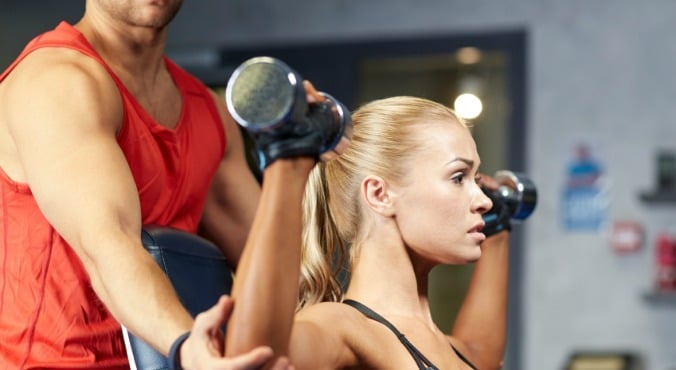
Image: iStock.
Who knew you needed to be bilingual to get through a workout?
OK, so you don’t need a Masters in Arabic to attend a spin class or to speak fluent Mandarin to survive Pilates. But start attending fitness classes and you’ll quickly learn they come with a language entirely of their own.
‘PT Speak’ (a name I just invented) is characterised by instructions that sound very motivating and fitness-y, but can be a little… befuddling. Ever been left scratching your head after a trainer or instructor told you to “engage the core”? That’s what I’m talking about.
We asked two personal trainers to translate some of the common phrases that come from the mouths of instructors.
“Engage your core!”
This phrase, along with its twin “activate your core”, is classic PT Speak. Personal trainer and lululemon ambassador Kat Weihen explains that it’s not about sucking in.
“Essentially, we are wanting clients to draw their belly button towards their spine in order to activate their transverse abdominals — the ones that wrap around your torso area like a corset,” she says.
Watch: Sam Wood demonstrates a simple bodyweight circuit you can do at home. (Post continues after video.)